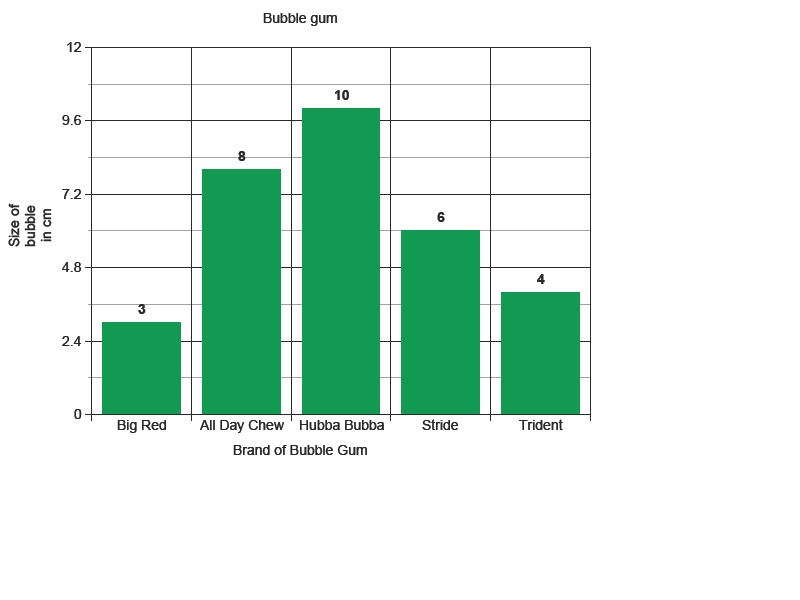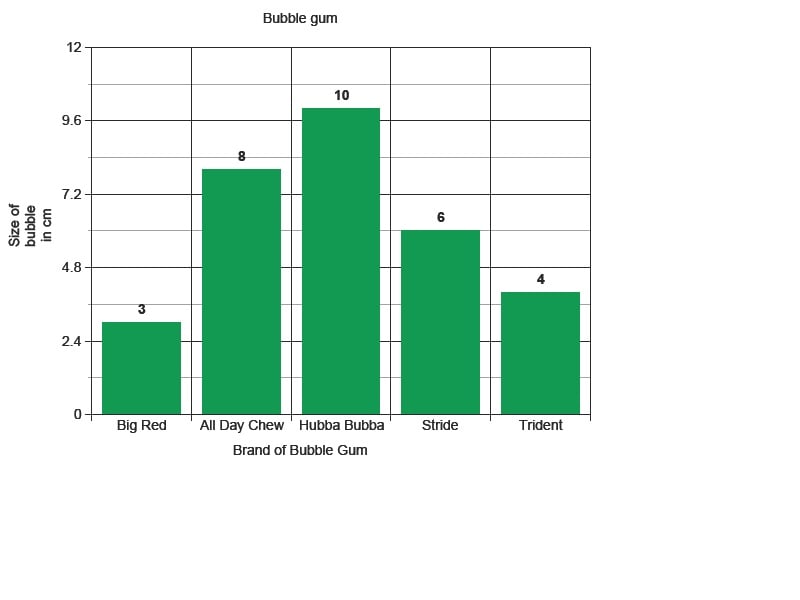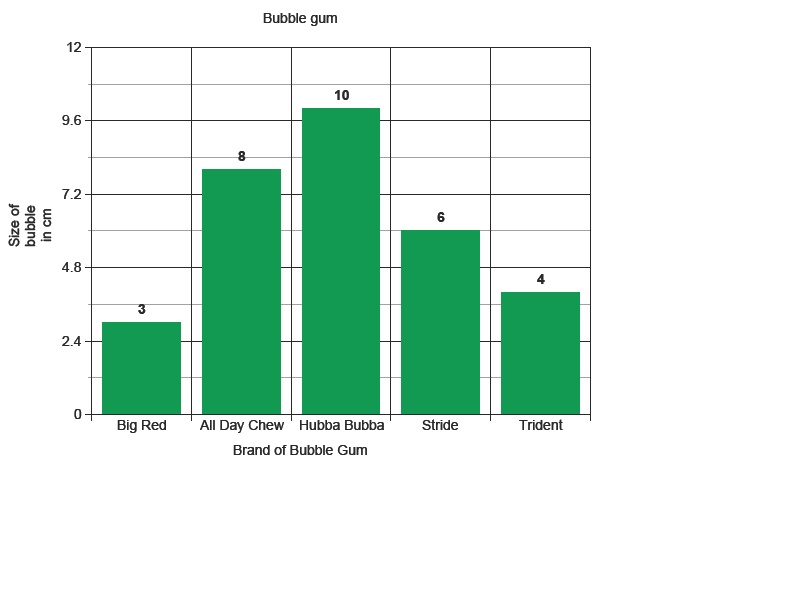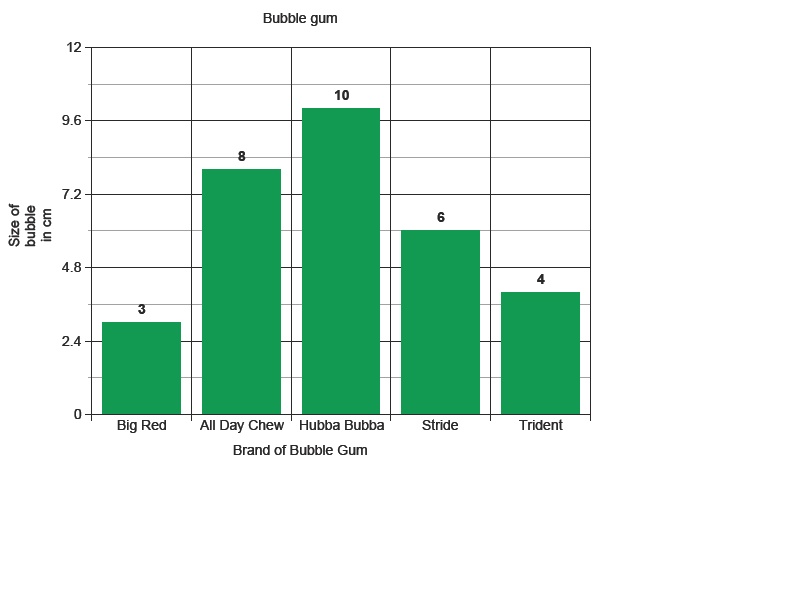Trivia Questions On Scientific Method

To all the students out there who are almost doing their exams and need practice on scientific methods, take this quiz. It is specifically designed to find out your knowledge in class about the scientific method.
- 1.
A scientist plants two rows of corn for experimentation. She puts fertilizer on row 1 but does not put fertilizer on row 2. Both rows receive the same amount of water and light intensity. She checks the growth of the corn over the course of 5 months. What is one controlled variable in this experiment?
- A.
Amount of fertlizer given to experimental group
- B.
Growth of corn
- C.
Type of fertilizer
Correct Answer
A. Amount of fertlizer given to experimental groupExplanation
The controlled variable in this experiment is the amount of fertilizer given to the experimental group. This means that the scientist is only changing one factor (the amount of fertilizer) while keeping all other factors constant (same amount of water and light intensity) in order to observe the impact of the fertilizer on the growth of the corn. By controlling this variable, the scientist can accurately determine the effect of the fertilizer on the corn's growth without any other factors influencing the results.Rate this question:
-
- 2.
Which sentence best describes the importance of using a control group?
- A.
When you use a control group you don't need a large sample size.
- B.
When you have a control group you don't have to do any calculations.
- C.
Control groups allow you to compare those recieving the variable and those that are not.
Correct Answer
C. Control groups allow you to compare those recieving the variable and those that are not.Explanation
Control groups are essential in research studies as they provide a basis for comparison between the group that receives the variable being tested and the group that does not. By having a control group, researchers can isolate the effects of the variable and determine its true impact. This comparison helps in drawing accurate conclusions and establishing cause-and-effect relationships.Rate this question:
-
- 3.
The measurable factor in an experiment is known as the
- A.
Independent variable.
- B.
Dependent variable
- C.
Controlled variable
Correct Answer
B. Dependent variableExplanation
The dependent variable is the measurable factor in an experiment that is influenced or affected by the independent variable. It is the variable that researchers observe and measure to determine the outcome or effect of the independent variable. In other words, the dependent variable depends on the independent variable for its changes or variations.Rate this question:
-
- 4.
John is following the steps of his procedure and writing data in his data table. What step of the scientific method is he in right now?
- A.
Step 1
- B.
Step 2
- C.
Step 3
- D.
Step 4
- E.
Step 5
Correct Answer
C. Step 3Explanation
John is currently in Step 3 of the scientific method, which is collecting and recording data. This step involves carefully observing and documenting the information gathered during the experiment or study. John is following the procedure and writing data in his data table, which aligns with the data collection step of the scientific method.Rate this question:
-
- 5.
John is doing research to come up with an educated guess to explain his problem. What step is he currently working in?
- A.
Step 1
- B.
Step 2
- C.
Step 3
- D.
Step 4
- E.
Step 5
Correct Answer
B. Step 2Explanation
John is currently working in Step 2, which involves doing research to come up with an educated guess to explain his problem. This step is important in the problem-solving process as it allows John to gather information and background knowledge that will help him formulate a hypothesis or educated guess about the cause or solution to his problem.Rate this question:
-
- 6.
The ________ is a list of steps to follow during an experiment.
Correct Answer
procedureExplanation
The word "procedure" refers to a set of instructions or steps that need to be followed in a specific order during an experiment. It outlines the systematic process that should be undertaken to ensure consistency and accuracy in the experiment. By following the procedure, researchers can replicate the experiment and obtain reliable results.Rate this question:
- 7.
A _______ is something you create to show data after it has been analyzed. It contains a title, axis labels, and is usually colored.
Correct Answer
graphExplanation
A graph is a visual representation of analyzed data that includes a title, axis labels, and colors to present the information effectively. It allows users to easily interpret and understand the data by visually displaying the relationships, trends, and patterns within the information.Rate this question:
- 8.
The question that you are trying to answer is part of the ____ _____.
Correct Answer
purpose statementExplanation
The given correct answer for this question is "purpose statement". This answer is appropriate because it directly completes the sentence and fills in the blank in a logical and grammatically correct manner. A purpose statement is a concise and clear statement that describes the overall goal or intention of a research study or project. It helps to guide the research and provides a clear focus for the study.Rate this question:
- 9.
Your ____ must state whether your hypothesis was supported by the data or not.
Correct Answer
conclusionExplanation
The conclusion is the part of a research or experiment where the findings are summarized and analyzed. It is used to determine whether the hypothesis, which is the initial prediction or assumption, was supported or not by the collected data. The conclusion provides a clear statement about the outcome of the study and helps to draw final insights from the research.Rate this question:
- 10.
A variable that you keep the same for each trial is a ____ variable.
Correct Answer
controlledExplanation
A variable that remains constant throughout each trial is known as a controlled variable. This type of variable is carefully regulated and kept consistent to ensure that it does not influence the outcome of the experiment. By controlling this variable, researchers can accurately assess the impact of other independent variables on the dependent variable.Rate this question:
- 11.
Suzy wanted to know if thicker candles burn longer than thinner candles. Her hypothesis was that if she used a thick candle that it would burn for the longest amount of time. She got ten candles that were all the same brand, height, smell, and color. The only difference in the candles was they were all a different size, She lit them at the same time and recorded how long it took for each candle to burn out. What was her independent variable?
- A.
Thickness of the candle
- B.
Length of time the candle burned
- C.
Color of the candle
Correct Answer
A. Thickness of the candleExplanation
The independent variable in this experiment is the thickness of the candle. This is because Suzy is manipulating the thickness of the candles to see if it has an effect on the length of time they burn. The other variables, such as the length of time the candle burns and the color of the candle, are not being manipulated by Suzy and are therefore not independent variables in this experiment.Rate this question:
-
- 12.
Janet wanted to see if the height of a person affected the length of their handspan. She measured three people's heights, and measured their handspans. She found that the taller a person is, the longer their handspan is. What is wrong with her experiment?
- A.
She tested too many variables at once.
- B.
She did not test a large enough sample of people.
- C.
She did not control all of the variables.
Correct Answer
B. She did not test a large enough sample of people.Explanation
The correct answer is that Janet did not test a large enough sample of people. In order to draw accurate conclusions about the relationship between height and handspan, it is important to have a sufficient sample size. Testing only three people may not provide enough data to make a generalization about the entire population. A larger sample size would help to ensure that the results are more representative and reliable.Rate this question:
-
- 13.
Hich of these statements is NOT a good conclusion for the graph shown?
- A.
Big Red blows smaller bubbles than Hubba Bubba.
- B.
All Day Chew blows bubbles almost as large as Hubba Bubba.
- C.
Hubba Bubba is the brand most kids want to chew.
Correct Answer
C. Hubba Bubba is the brand most kids want to chew.Explanation
The graph does not provide any information about which brand of bubble gum most kids want to chew. The graph only compares the sizes of the bubbles blown by different brands of bubble gum. Therefore, the statement "Hubba Bubba is the brand most kids want to chew" is not a good conclusion for the graph.Rate this question:
-
- 14.
Which hypothesis would have been supported by the data from this graph?
- A.
If Stride is chewed, then most kids will like it.
- B.
If Hubba Bubba is chewed, then the flavor will last the longest.
- C.
If Big red is chewed, then it will have the smallest bubble.
Correct Answer
C. If Big red is chewed, then it will have the smallest bubble.Explanation
The graph shows the bubble size for different types of gum. It can be observed that the bubble size for Big Red is consistently smaller compared to the other types of gum. Therefore, the data from the graph supports the hypothesis that if Big Red is chewed, then it will have the smallest bubble.Rate this question:
-
- 15.
What would be a controlled variable in the experiment from this graph?
- A.
Number of times gum is chewed
- B.
Brand of bubble gum
- C.
Size of bubble
Correct Answer
A. Number of times gum is chewedExplanation
In this experiment, the controlled variable would be the number of times gum is chewed. This means that the researchers would keep the brand of bubble gum and the size of the bubble constant throughout the experiment, while only varying the number of times the gum is chewed. By controlling this variable, they can determine the effect of chewing on the size of the bubble.Rate this question:
-
- 16.
Hat would be an independent variable from the experiment with this graph?
- A.
Number of times gum is chewed
- B.
Brand of bubble gum
- C.
Size of bubble
Correct Answer
B. Brand of bubble gumExplanation
The independent variable in this experiment is the brand of bubble gum. This is because the number of times gum is chewed and the size of the bubble are dependent on the brand of bubble gum being used. By changing the brand of bubble gum, we can observe how it affects the number of times gum is chewed and the size of the bubble.Rate this question:
-
- 17.
A ____ group is a group that does not get the variable being tested.
Correct Answer
controlExplanation
A control group is a group that does not receive the variable being tested. This group is used as a comparison to the experimental group, which does receive the variable. By having a control group, researchers can compare the results of the experimental group to a baseline and determine if the variable being tested had any effect. The control group helps to ensure that any observed effects are due to the variable being tested and not to other factors.Rate this question:
- 18.
An ____ group is a group that does get the variable that is being tested.
Correct Answer
experimentalExplanation
An experimental group is a group that receives the variable that is being tested. In an experiment, the researcher manipulates the independent variable and assigns participants to either the experimental group or the control group. The experimental group is the group that receives the treatment or intervention being tested, while the control group does not receive the variable being tested. By comparing the outcomes of the experimental group to the control group, researchers can determine the effectiveness or impact of the variable being studied.Rate this question:
- 19.
Step ___ (use the number) is the step in the scientific method process where you make a graph.
Correct Answer
4Explanation
Step 4 is the step in the scientific method process where you make a graph. This step involves organizing and representing data visually through the use of graphs or charts. By creating a graph, scientists can easily analyze and interpret the data, identify patterns or trends, and communicate their findings effectively. Graphs provide a visual representation of the data, making it easier to understand and draw conclusions from.Rate this question:
- 20.
Step ___ (use the number) is the step in the scientific method where you fill in a data table.
Correct Answer
3Explanation
Step 3 is the step in the scientific method where you fill in a data table. This step involves collecting and organizing data in a structured format, usually in the form of a table. By filling in a data table, scientists can easily analyze and interpret the collected data, making it an essential step in the scientific method.Rate this question:
Quiz Review Timeline +
Our quizzes are rigorously reviewed, monitored and continuously updated by our expert board to maintain accuracy, relevance, and timeliness.
-
Current Version
-
Mar 21, 2023Quiz Edited by
ProProfs Editorial Team -
Apr 19, 2010Quiz Created by
Meadors
 Back to top
Back to top





